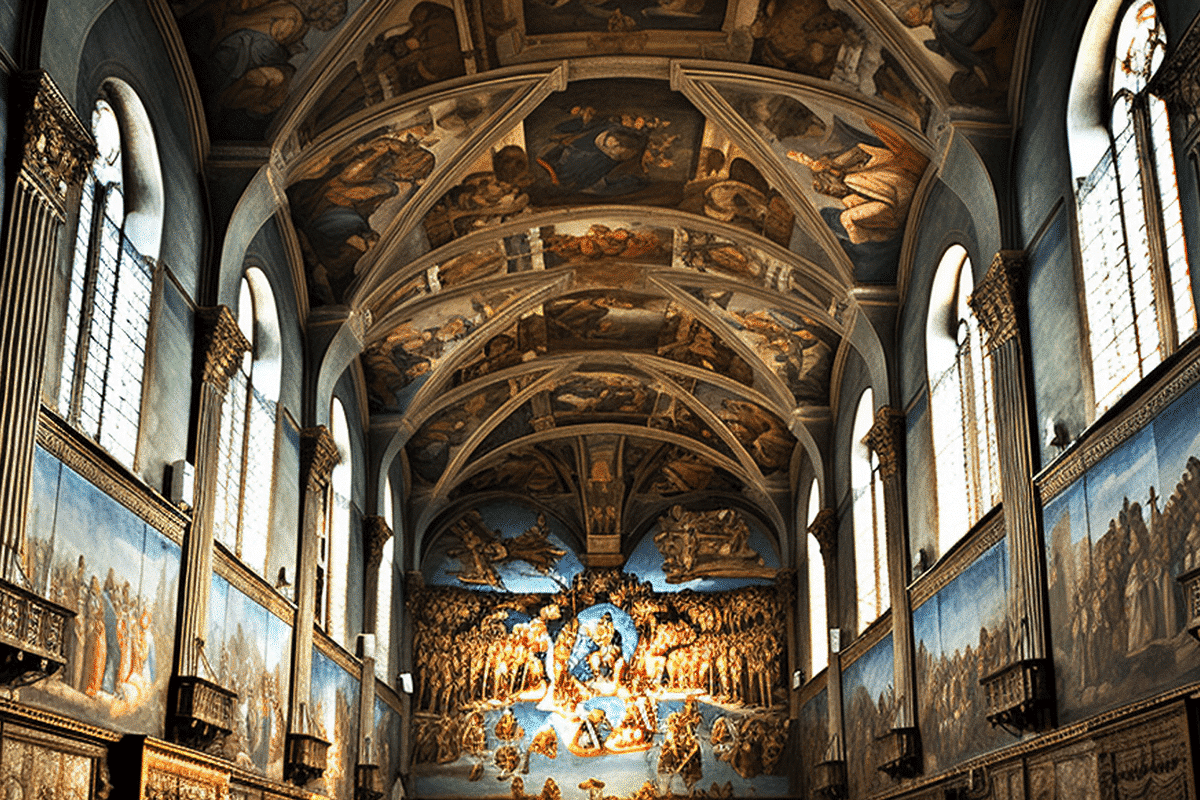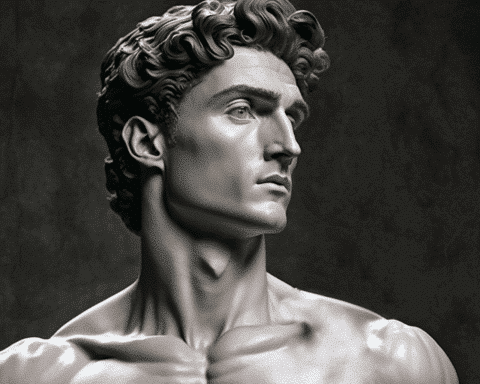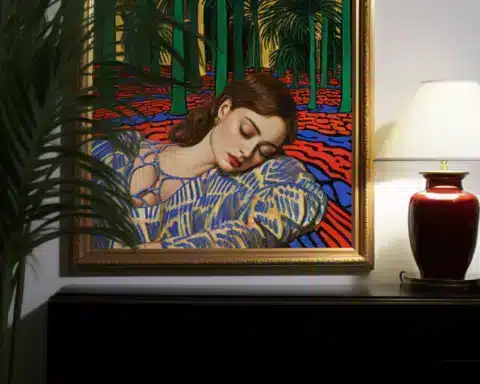In the hallowed halls of the Vatican Museums, a unique blend of art and science breathes new life into priceless masterpieces. In this revered space, a team of skilled restorers led by experts like Alessandra Zarelli and Francesca Persegati dedicate their days to preserving history. Their mission is to ensure that the legacy of artists like Michelangelo continues to inspire awe for generations to come.
Alessandra Zarelli, a 56-year-old veteran at the Vatican Museums, approaches each restoration project with a profound sense of responsibility. “The emotion of working on something like a Michelangelo is truly indescribable,” she confesses. Zarelli’s expertise recently shone in the restoration of a fresco by Michelangelo in the Pauline Chapel. Her approach is methodical, focusing on the material and the task, setting aside the overwhelming awe for moments of private reflection at the end of each day.
Zarelli is part of an elite 36-member team at the Vatican Museums’ restoration lab, responsible for thousands of square meters of wall and framed oil paintings, including the iconic Sistine Chapel, frescoes. This year marks a significant milestone – the 100th anniversary of the lab, a testament to a century of art conservation.
The restoration process is intricate and constantly evolving. For instance, the lab recently restored an Enthroned Madonna and Child with Saints, a 1550 painting by Moretto da Brescia, involving a comprehensive refurbishment, from internal framing to oxidized varnish removal. Francesca Persegati, the lab’s director, emphasizes the importance of humility and scientific knowledge in their work, acknowledging the challenges posed by past restoration attempts that often deviated from original intentions.
In another corner of the lab, Caterina Manisco, a 40-year-old external restorer, connects deeply with her current project, Madonna and Child Between St. Theresa and St. Francis, painted in 1895 by Emma Richards. Richards, a pioneering female artist in Queen Victoria’s court, inspires Manisco, reflecting a shared journey in a field historically dominated by men.
To celebrate the centennial of the paintings and wood lab, the Vatican Museums have innovated the visitor experience. They have introduced QR codes near 37 artworks, inviting guests to delve into the complex world of restoration, witnessing these timeless pieces’ unseen layers and histories.
As the Vatican Museums continue safeguarding and restoring their vast collection, they offer a unique window into the intersection of art and science. The dedication of restorers like Zarelli, Persegati, and Manisco showcases a deep reverence for artistic heritage. Their steady hands and hearts ensure that the past masterpieces remain vibrant and relevant, bridging time and history for the appreciation of future generations.




